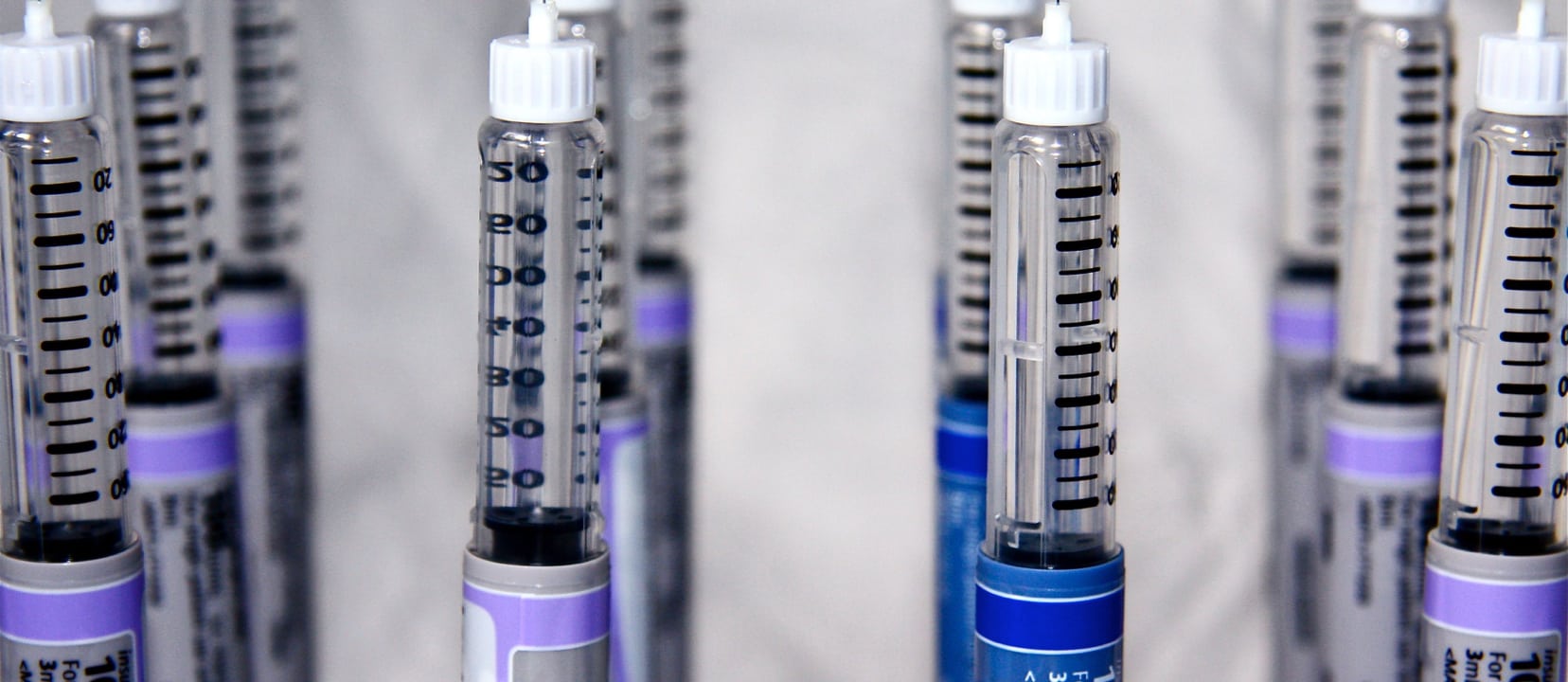In just one decade, the number of people with diabetes has more than doubled. According to the Center for Disease Control and Prevention, by 2050, one out of every three of us may have diabetes.
What’s the big deal?
Well, the “consequences of diabetes are legion.” Diabetes is the number one cause of adult-onset blindness, the number one cause of kidney failure, and the number one cause of surgical amputations.
What can we do to prevent it?
The onset of Type 2 diabetes is gradual, with most individuals progressing through a state of prediabetes, a condition now striking approximately one in three Americans, but only about one in ten even knows they have it. Since current methods of treating diabetes remain inadequate, prevention is preferable, but what works better: lifestyle changes or drugs? We didn’t know until a landmark study, highlighted in my video, How to Prevent Prediabetes from Turning into Diabetes, was published in the New England Journal of Medicine.
Thousands were randomized to get a double dose of the leading anti-diabetes drug, or diet and exercise. The drug, metformin, is probably the safest diabetes drug there is. It causes diarrhea in about half, makes one in four nauseous, about one in ten suffer from asthenia (physical weakness and fatigue), but only about 1 in 67,000 are killed by the drug every year.
And the drug worked. Compared to placebo, in terms of the percentage of people developing diabetes within the four-year study period, fewer people in the drug group developed diabetes.
But diet and exercise alone worked better. The lifestyle intervention reduced diabetes incidence by 58 percent, compared to only 31 percent with the drug. The lifestyle intervention was significantly more effective than the drug, and had fewer side effects. More than three quarters of those on the drug reported gastrointestinal symptoms, though there was more muscle soreness reported in the lifestyle group, on account of them actually exercising.
That’s what other studies have subsequently found: non-drug approaches are superior to drug-based approaches for diabetes prevention. And the average 50 percent or so drop in risk was just for those people instructed to improve their diet and lifestyle, whether or not they actually did it.
In one of the most famous diabetes prevention studies, 500 people with prediabetes were randomized into a lifestyle intervention or control group. During the trial, the risk of diabetes was reduced by that same 50-60 percent, but only a fraction of the patients met the modest goals. Even in the lifestyle intervention group, only about a quarter were able to eat enough fiber, meaning whole, plant foods, and cut down on enough saturated fat, which in North America is mostly dairy, dessert, chicken and pork. But they did better than the control group, and fewer of them developed diabetes because of it. But what if you looked just at the folks that actually made the lifestyle changes? They had zero diabetes—none of them got diabetes. That’s effectively a 100 percent drop in risk.
I often hear the diet and exercise intervention described as 60 percent effective. That’s still nearly twice as effective as the drug, but what the other study really showed is that it may be more like 100 percent in people who actually implement the diet and exercise intervention. So, is diet and exercise 100 percent effective or only 60 percent effective? On a population scale, since so many people won’t actually do it, it may only be 60 percent effective. But on an individual level, if you want to know what are the chances you won’t get diabetes if you change your lifestyle, then the 100 percent answer is more accurate. Lifestyle interventions only work when we do them. Kale is only healthy if it actually gets into our mouth. It’s not healthy just sitting on the shelf.
How about preventing prediabetes in the first place? See Preventing Prediabetes By Eating More and my video How to Prevent Prediabetes in Children.
Some things we may want to avoid can be found in my videos Eggs and Diabetes and Fish and Diabetes.
And what if we already have the disease? See Diabetics Should Take Their Pulses and my live presentation From Table to Able: Combating Disabling Diseases with Diet.
What if you don’t have time for exercise? Check out Standing Up for Your Health.
In health,
Michael Greger, M.D.
PS: If you haven’t yet, you can subscribe to my free videos here and watch my live year-in-review presentations Uprooting the Leading Causes of Death, More Than an Apple a Day, and Food as Medicine.
